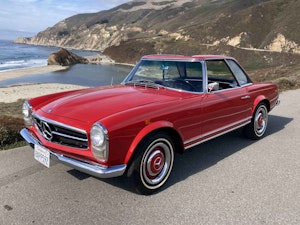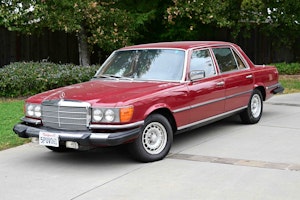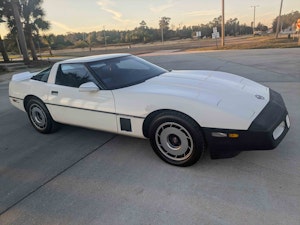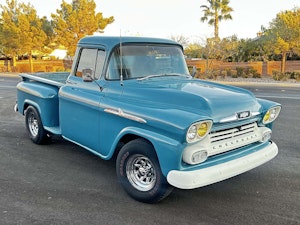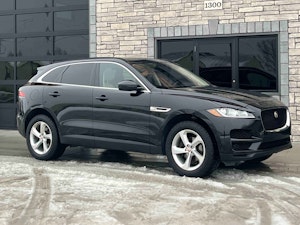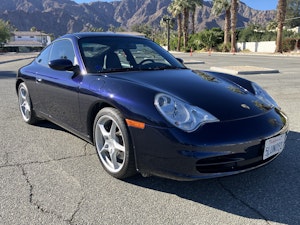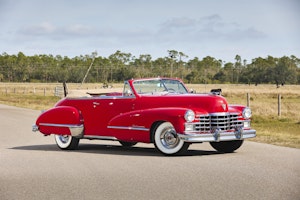Media | Articles
Insider Insight: The collector car market actually grew in 2020

Last year was a wild ride, to put it mildly. We faced a pandemic and economic uncertainty, with a hotly contested presidential election thrown in for good measure. The effects radiated everywhere, including the collector car market. By far the most visible consequence was the cancellation of most large, in-person auctions that followed the Amelia Island Concours in early March 2020, with online platforms old and new rushing to fill the breach.
As Hagerty Insider took stock of 2020, the same question everyone else was wondering kept coming up: Just how bad were the damages? In terms of collector cars, it turns out that’s quite the wrong question. The market actually grew in 2020.
To see understand how that’s possible, it helps to consider how most collector cars are bought and sold. Although the automotive media (including us) talks constantly about auctions, there’s a whole other part of the market that happens off stage, whether it’s directly between buyers and sellers or through a dealer. These private sales are hard to track because they’re, well, private. We are, however, able to see a chunk of it via the insurance side of our business (that is, people calling Hagerty to get a quote on insurance for a vehicle they’ve just purchased and/or to make changes to their policy). Our data indicates that this market is huge—roughly 7 cars get sold privately for every 1 sold at auction—and that this sector grew in 2020 compared to the previous year.
The rise of online auctions also played a big role in this unexpected circumstance. Activity increased at established sites like Bring a Trailer even as in-person auction houses like RM Sotheby’s shifted business online. All told, we think online auction revenue more than doubled in 2020, which nearly made up for the sizable decline we saw from in-person sales.
Marketplace
Buy and sell classics with confidence
Note that when we say the collector car market grew in 2020, we don’t imagine that everyone in the collector car hobby prospered. Just as the pandemic impacted various sectors of society differently—often in ways that seem arbitrary—so too did various classic cars sell better or worse depending on who normally buys them and where they usually sell. For a full breakdown on which cars performed better and worse, read our 2020 retrospective at insider.hagerty.com.
Overall, though, we can take some solace that our favorite pastime weathered the economic storm of 2020. A stable market, by and large, means stable values, meaning we estimate most cars to be worth at least as much as what people were paying for them pre-pandemic.
If being stuck at home is creating a window for you to finally pick up that classic car you’ve always wanted, know that you are hardly alone.
